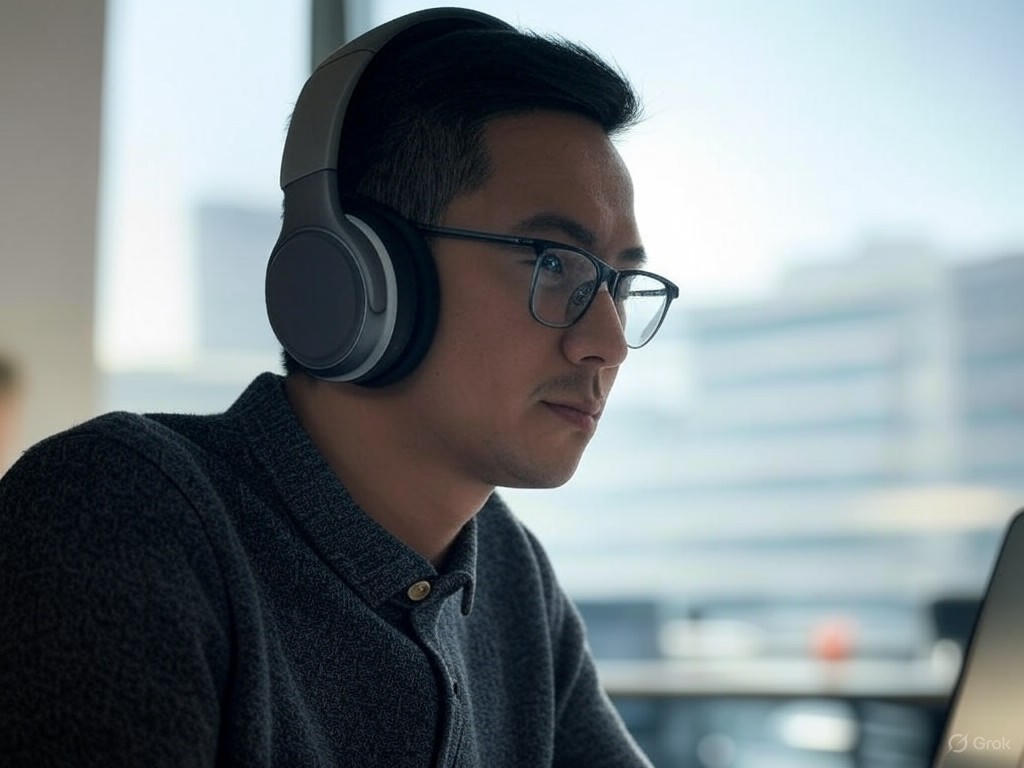Last week, SoftBank CEO Masayoshi Son dropped a big one: a plan to build a $1 trillion AI and robotics industrial complex in Arizona, called “Project Crystal Land.” Basically, it’s aiming to be the U.S. answer to Shenzhen’s tech powerhouse, focusing on advanced chip manufacturing and cutting-edge robotics development.
Why should you care? Well, for folks working with automation and AI tools, this kind of project promises faster innovation on the hardware side that powers everything from factory robots to AI assistants. Imagine better, quicker chips that make AI models run smoother and more reliably. It’s like upgrading from a slow drip coffee machine to a slick espresso setup that can handle whatever you throw at it.
Here are a couple of ways this matters in the real world:
- For business owners, automating inventory management or streamlining logistics with robots could become more affordable and widespread, shrinking the time from concept to deployment.
- Developers and engineers might get their hands on new robotic platforms and AI hardware that let them build and test automation workflows that are faster, smarter, and more energy-efficient.
The scale is massive: SoftBank is talking partners like TSMC and Samsung, and they’re negotiating incentives with U.S. officials. This hub could reshape the AI and robotics landscape, anchoring innovation in America rather than abroad. It’s a reminder that behind the software and flashy demos, the nuts and bolts of AI rely on serious investments in physical tech and infrastructure.
So next time you’re syncing Shopify stock or auto-summarising a call transcript, remember there’s a lot of moving pieces behind the scenes, way beyond code, that make these little bursts of AI magic possible.





